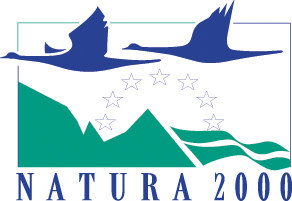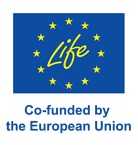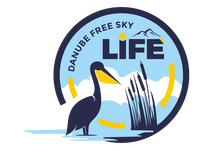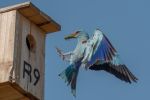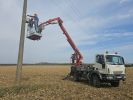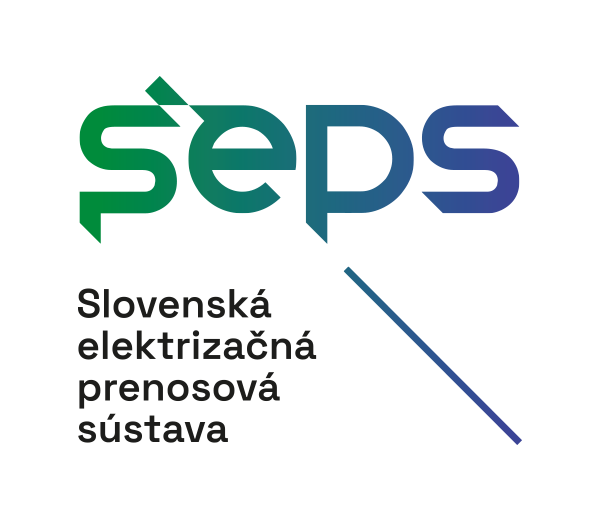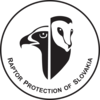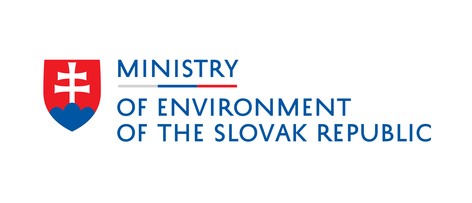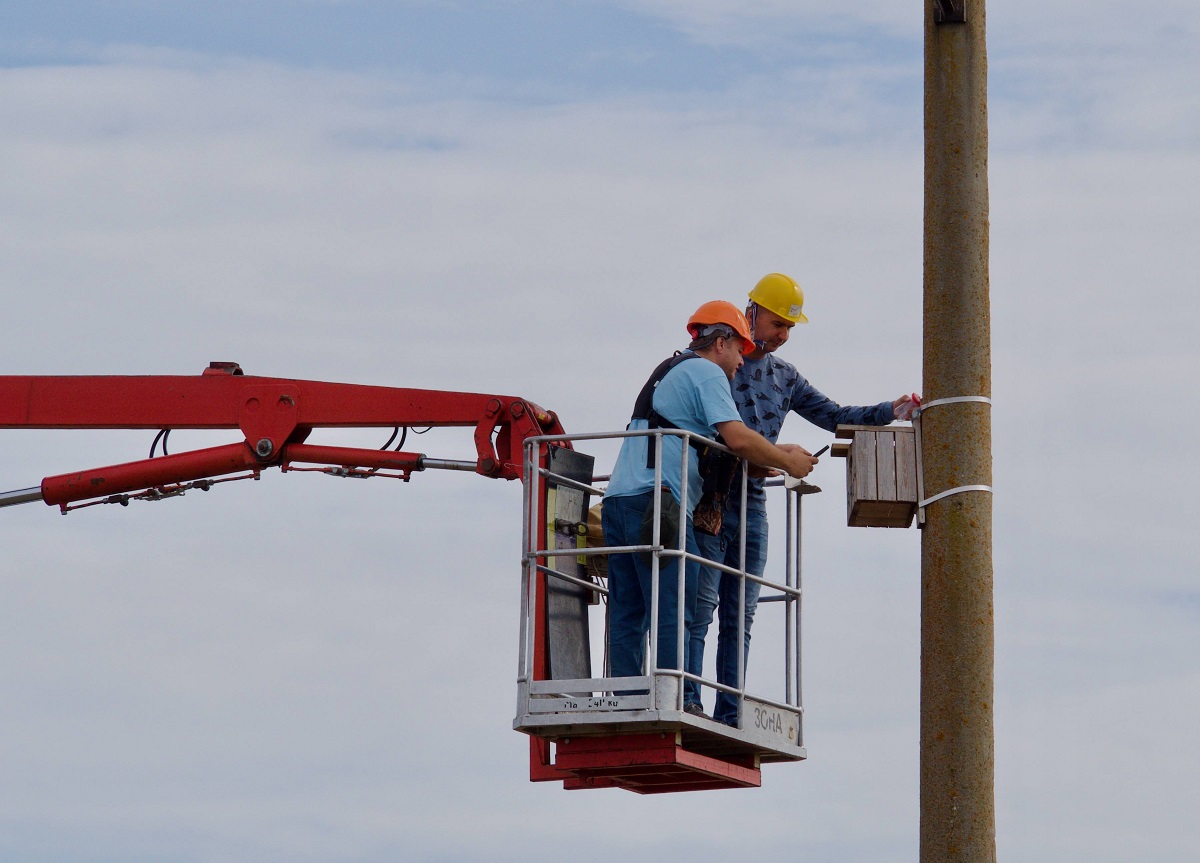
SURVEY OF THE FOOD SPECTRUM OF THE EUROPEAN ROLLER IN NORTHERN BULGARIA
In September, a team from the Bulgarian Society for the Protection of Birds (BSPB), in collaboration with Electrodistribution Grid West ЕAD and Stefania Kamenova
from the National Museum of Natural History at the Bulgarian Academy of Sciences, Sofia, successfully collected samples from occupied nests of European Rollers (Coracias garrulus) for an upcoming study and analysis of the food spectrum of this attractive species. This activity is carried out within the framework of the LIFE Danube Free Sky project. Recall that a joint team from BSPB and Electrodistribution Grid West ЕAD installed a total of 50 nest boxes for European Rollers on electric concrete poles located in suitable habitats for the species in the specially protected areas “Svishtov-Belenska Lowland,” “Belene Islands Complex,” “Obnova,” “Devetashko Plateau,” and “Studenets”. As a result of this activity, European Rollers successfully occupied 30 nest boxes. This provided an opportunity to study and analyze the remains accumulated during the nesting period as a result of the physiological activity of the species.
The collected samples will be analyzed using an innovative DNA sequencing method, which allows for more precise detection and taxonomic identification of the species used as food by European Rollers. The DNA content of the collected samples will also be validated by BSPB experts who are well-acquainted with the ecology of the species. The expectation is that these data will contribute to improving knowledge related to the food spectrum of the European Roller in Bulgaria. The overall goal is for these studies to assist in better understanding and taking conservation measures for this protected species.
The European Roller is a protected species that nests in burrows in earthen slopes, rocky niches, stone walls, tree hollows, and the cubicles of concrete electrical poles. The population of this brightly colored bird began to decline dramatically in the 1950s. The main reason for this decline is the use of various chemicals in agriculture. In just 15 years, the species has decreased by more than 30%.
These activities are carried out within the framework of the “LIFE Danube Free Sky” project." (LIFE19 NAT/SK/001023), funded by the EU LIFE programme and the Ministry of Environment of the Slovak Republic.
Photo: Stefania Kamenova








